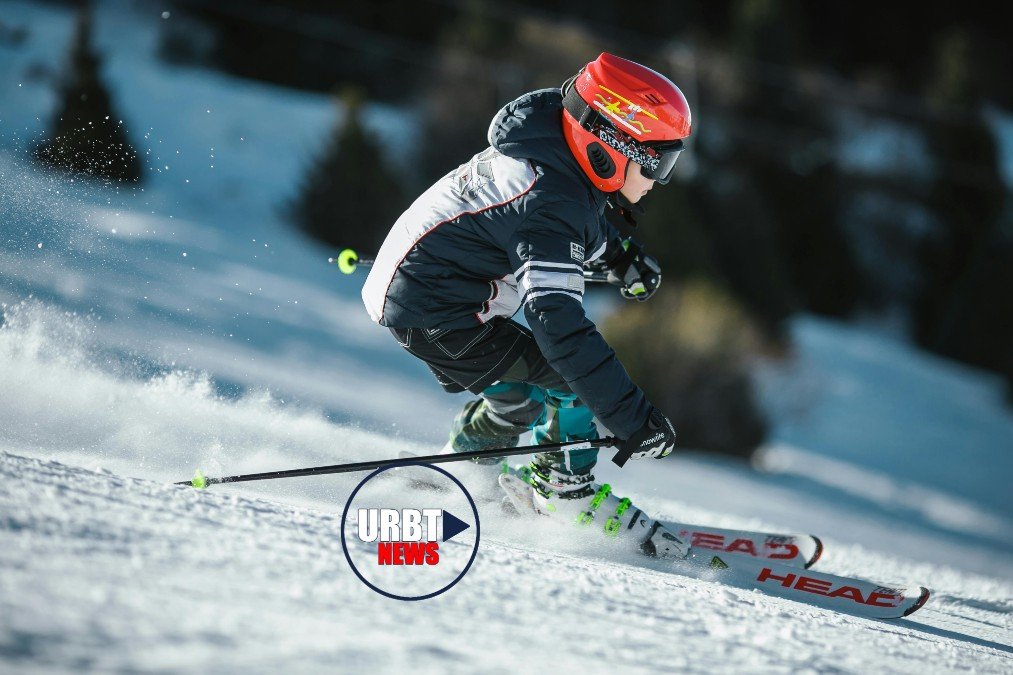Published
1 year agoon

Winter Sports Equipment Market: Established Key players Will Try to Generate New Growth Opportunities in 2021-2031
The winter sports equipment market is expected to be valued at .83 billion by 2031, reflecting a CAGR of 8.5% from 2022 to 2031.
The winter sports equipment market continues to evolve, driven by growing enthusiasm for sports like skiing, snowboarding, and ice skating. Increased awareness around health and fitness, alongside the thrill of adventure sports, motivates more people to engage in winter sports recreationally and competitively.
The estimated market size was valued at .69 billion in 2021, and it is projected to grow significantly. This growth results from rising participation in winter sports alongside an expanding winter tourism sector. The market encompasses a variety of products, including equipment for skiing, snowboarding, and ice sports, reflecting the robust demand for innovative gear.
Several product segments constitute the winter sports equipment market:
Skiing Equipment: This category comprises skis, poles, boots, and bindings. Technological advancements in material design, including lightweight composites, drive the growth of skiing equipment.
Snowboarding Equipment: This segment entails snowboards, bindings, boots, and protective gear. The inclusion of snowboarding in prestigious events like the Winter Olympics expands its popularity, particularly among younger audiences.
Ice Hockey Equipment: This category covers skates, sticks, helmets, and protective pads. North America and Europe dominate this segment due to high participation rates and a robust ice hockey culture.
Ice Skating Equipment: Recreational ice skating and figure skating are growing in worldwide popularity. This segment demands lightweight and durable skates, particularly in colder climate countries.
Sledding and Other Equipment: This includes sleds, snow tubes, and toboggans, which are popular for family recreation. The market also extends to equipment for snowshoeing and snowmobiling.
Several key trends drive the growth of the winter sports equipment market:
Winter Sports Tourism: The booming winter sports tourism sector significantly influences equipment demand. More ski resorts and winter sports parks in regions like the U.S., Switzerland, and Japan bolster equipment rental and purchase rates.
Technological Innovations: Developments in materials and designs are revolutionizing winter sports gear. New technology creates high-performance equipment, enhancing safety, speed, and durability for both amateurs and professionals.
Sustainability: Eco-conscious products are increasingly appealing to consumers, especially younger demographics. Manufacturers now focus on producing equipment using recycled materials and sustainable practices.
Focus on Safety: The expanding popularity of extreme winter sports has led to increased emphasis on safety gear, such as helmets and protective clothing, for recreational participants.
E-commerce Boom: Online sales platforms facilitate the purchase of winter sports equipment. These platforms offer comprehensive product ranges along with user reviews, simplifying the shopping experience for consumers.
North America remains one of the leading markets for winter sports equipment, particularly in the United States and Canada. The region boasts numerous top ski resorts and a vibrant snowboarding culture, driving equipment demand.
Europe also holds a significant market share, with countries like Austria and Switzerland being crucial players in the winter sports tourism landscape. The popularity of alpine skiing and snowboarding contributes to high equipment demand.
Asian countries, particularly Japan and South Korea, are witnessing rapid growth in winter sports equipment sales as interest in winter sports surges among younger generations.
Despite the promising growth trajectory, several challenges persist. Climate change poses significant risks, leading to warmer winters and unpredictable snowfall patterns that may impact market demand.
Additionally, the high cost of premium winter sports gear can deter potential participants. Many consumers may opt for rental services instead of purchasing equipment, which could impact overall sales levels.
Emerging markets present substantial opportunities for expansion in the winter sports equipment sector. Countries in Asia and South America are developing winter sports infrastructure, leading to increased equipment demand.
The rise of rental and sharing platforms also offers pathways for growth as consumers increasingly seek to try winter sports without financial commitment. This trend supports sustainability by reducing the need for individual purchases of equipment.
Engaging young audiences through targeted marketing and youth winter sports camps can significantly bolster participation. Creating pathways for youth engagement is crucial for driving demand for entry-level and intermediate equipment.
The winter sports equipment market anticipates steady growth fueled by the increasing popularity of winter sports and technological advancements. The focus on sustainability, safety, and performance will define success in this competitive arena.
Joseph Collins CEO of Urban Television Network Corp.



Giant Huntsman Spider Resurfaces, Terrifying the Internet


Iran Faces Full-Scale War with U.S. Israel Europe Warns President


Things to Do on New Year’s Day: Fresh Ways to Start the Year Right


Did the U.S. Bomb Nigeria? Unpacking the Viral Claim and Its Implications


Why Men Over 30 With No Kids Are Often Viewed as a Red Flag


Second Actor Accuses Tyler Perry of Sexual Assault in New Lawsuit